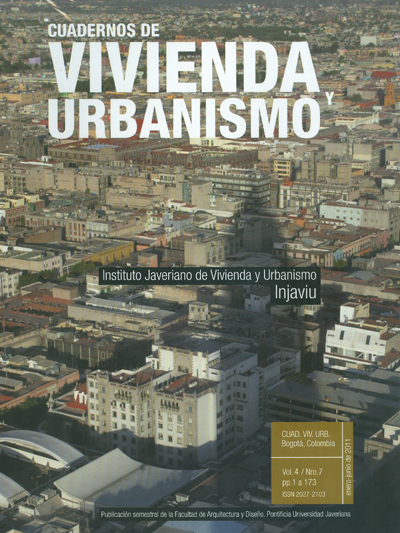Abstract
This paper examines conceptual and methodological knowledge in the course of territorial urban development in seismic zones. Its aim is to study and apply methods on vulnerability assessments taking into account basic elements of the natural environment. Departamento Pocito, in San Juan, Argentina, is presented as a study case; however, its principles and methodological procedures may be adapted to the requirements of a similar zone. Methodological process consists of three stages: 1) Identify the danger level of the area; 2) evaluate physical, functional and social vulnerability under the eye of integration; and 3) general conclusions and considerations on urban seismic issues. The importance of the results is not just theoretical but its specialization using vulnerability maps allows performing preventive proposals towards an urban-territorial sustainable development.
This journal is registered under a Creative Commons Attribution 4.0 International Public License. Thus, this work may be reproduced, distributed, and publicly shared in digital format, as long as the names of the authors and Pontificia Universidad Javeriana are acknowledged. Others are allowed to quote, adapt, transform, auto-archive, republish, and create based on this material, for any purpose (even commercial ones), provided the authorship is duly acknowledged, a link to the original work is provided, and it is specified if changes have been made. Pontificia Universidad Javeriana does not hold the rights of published works and the authors are solely responsible for the contents of their works; they keep the moral, intellectual, privacy, and publicity rights.
Approving the intervention of the work (review, copy-editing, translation, layout) and the following outreach, are granted through an use license and not through an assignment of rights. This means the journal and Pontificia Universidad Javeriana cannot be held responsible for any ethical malpractice by the authors. As a consequence of the protection granted by the use license, the journal is not required to publish recantations or modify information already published, unless the errata stems from the editorial management process. Publishing contents in this journal does not generate royalties for contributors.


